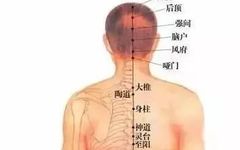What are the Eight Extraordinary Meridians?
The term “extraordinary” (奇经) refers to the meridians that are distinct from the regular meridians (正经). Their distribution is less systematic than that of the twelve regular meridians, and they do not have a direct relationship with the five zang organs and six fu organs. They do not have a mutual interior-exterior relationship, hence they are called “extraordinary meridians”. Since there are eight of them, they are collectively referred to as the “Eight Extraordinary Meridians”.
The commonly mentioned “Ren (Conception) and Du (Governing) meridians” are two of these. In addition, there are the Chong (Penetrating) meridian, Dai (Belt) meridian, Yin Qiao (Yin Heel) meridian, Yang Qiao (Yang Heel) meridian, Yin Wei (Yin Linking) meridian, and Yang Wei (Yang Linking) meridian.
So what do the Eight Extraordinary Meridians look like? What roles do they play in the human body? Let’s take a look together!
No.1
Du Meridian
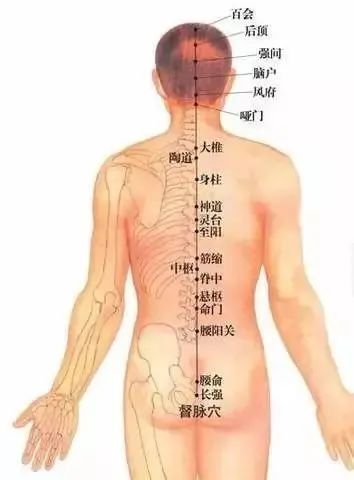
Pathway: The Du meridian originates from the center of the body, descends to the perineum, and ascends along the inside of the spine, entering the skull at the Fengfu (Wind Palace) point, connecting with the brain, and then following the midline of the head, passing through the crown, forehead, nose, and upper lip, reaching the frenulum of the upper lip.
Basic Function: It regulates the qi and blood of the Yang meridians, serving as the “sea of Yang meridians”. It reflects the functions of the brain, marrow, and kidneys.
No.2
Ren Meridian
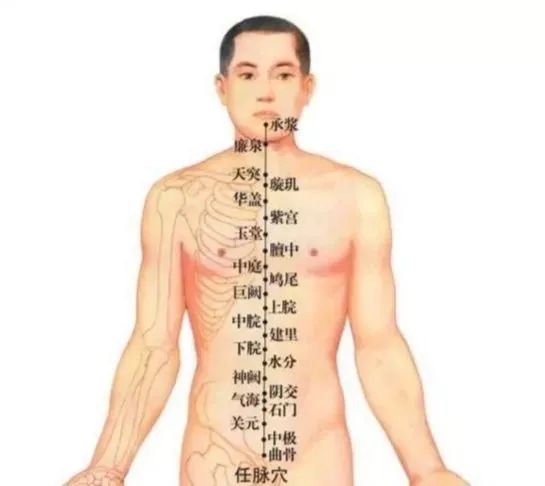
Pathway: The Ren meridian originates from the center of the body, descends to the perineum, and ascends along the midline of the abdomen and chest, reaching the throat, then ascending to the jaw, circling around the lips, and spreading to the lower eye sockets.
Basic Function: The term “Ren” implies responsibility and nurturing. The Ren meridian regulates the qi and blood of the Yin meridians, thus it is called the “sea of Yin meridians”. It is also associated with the uterus and is related to women’s menstrual cycles, pregnancy, and reproductive functions.
No.3
Chong Meridian
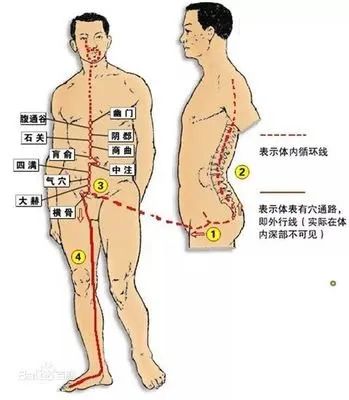
Pathway: The Chong meridian originates from the center of the body, descends to the perineum, and begins at the Qi Street area, merging with the Foot Shaoyin meridian, ascending along the navel, spreading in the chest, and then moving upward, passing through the throat, circling around the lips, and reaching the lower eye sockets.
Basic Function: The term “Chong” means a vital pathway. This meridian can accommodate and regulate the qi and blood of the twelve meridians and the five zang organs and six fu organs, hence it is known as the “sea of the twelve meridians” and the “sea of the five zang organs and six fu organs”. The Chong meridian is also referred to as the “blood sea”, and it is related to women’s menstruation and reproductive functions.
No.4
Dai Meridian
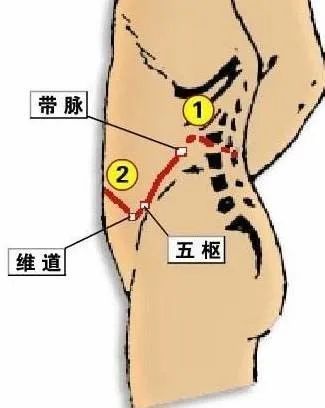
Pathway: The Dai meridian originates from the lateral costal region, descending obliquely to the Dai meridian point, encircling the body, and circulating around the waist and abdomen. At the Dai meridian point, it further descends obliquely along the upper edge of the ilium to the lower abdomen.
Basic Function: It restrains the longitudinal meridians and regulates the flow of qi, ensuring smooth circulation. It is primarily responsible for women’s leukorrhea.
No.5
Yin Qiao and Yang Qiao Meridians
Basic Function: They facilitate the communication of Yin and Yang qi throughout the body and regulate the movement of the muscles in the limbs, primarily ensuring flexibility in the lower limbs. The Yin and Yang Qiao meridians converge at the inner canthus of the eyes, playing a role in the opening and closing of the eyelids.
No.6
Yin Wei and Yang Wei Meridians
Basic Function: The Yin Wei meridian intersects with the three Yin meridians of the foot during its pathway and ultimately connects with the Ren meridian; the Yang Wei meridian intersects with the three Yang meridians of the hand and foot during its pathway and ultimately connects with the Du meridian. Therefore, both can maintain the meridians throughout the body.
This is the Eight Extraordinary Meridians in Traditional Chinese Medicine. Is it different from what you imagined? Stay tuned for more content from our clinic.
Recommended Reading
▉ Clinic – Patient Information
▉ 【Friendly Reminder】Starting from May 5, 2022, patients must present a negative nucleic acid test result within 48 hours➟ The Seven Emotions➟ Relieving Dryness and Fatigue in the Eyes➟ Understanding Qi in Traditional Chinese Medicine!➟ Essence – The Origin of Life in the Human Body➟ What is Your Constitution?➟ How to Hydrate and Moisturize in Summer
➟ Move Your Fingers, Nourish Your Heart and Calm Your Mind
➟ How Much Do You Know About Back Pain?
➟ Unveiling the Mystery of Headaches
➟ What Causes Dysmenorrhea?
➟ Ouch! Pain! Pain!
➟ Frequent Heel Pain
➟ Guanyuan Point: Equivalent to a Thousand-Year Wild Ginseng
➟ How Well Do You Know Your Heart? A Few Things About Palpitations
➟ What Does Palpitations Feel Like?
➟ The Champion of Dried Fruits – Walnut Kernels
➟ In the Bloom of the Day, Not a Drop of Rain – Purple Flower Diding
➟ Yellow Little Flower – Forsythia
➟ Clearing the Liver, Brightening the Eyes, and Moistening the Intestines – Cassia Seed
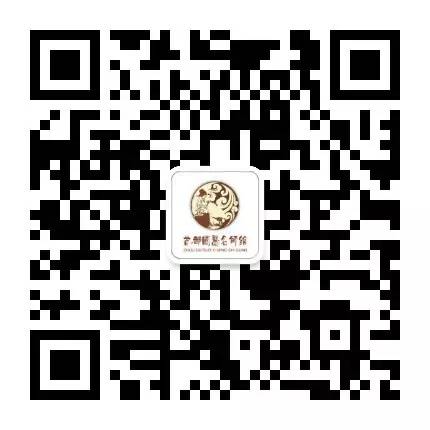
— – Please Scan to Follow —
Note: Article images are sourced from the internet
————————————————
Contact Us:Capital Medical University TCM Outpatient Department
Address: No. 27, Dongsi Shiqiao, Dongcheng District, Beijing
Working Hours: Monday to Friday, 8:00 AM – 5:30 PMAppointment Phone: 64045305

